The Pan Am Series – Part III: The Cairo Hijacking
31 August 2013 10 Comments
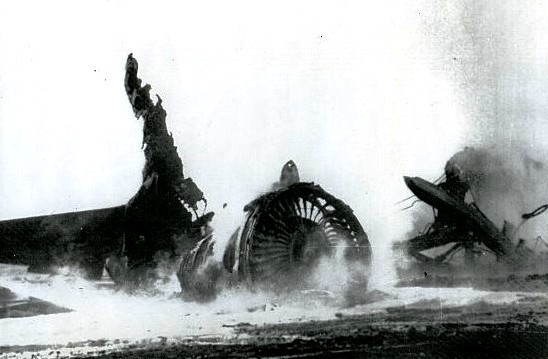
Remains of hijacked Pan Am Flight 93, N752PA “Clipper Fortune” a Boeing 747 after being blown up at Cairo.
On 6 September 1970, Pan Am’s flight 93, a Boeing 747, departed Brussels for New York via Amsterdam. The flight never made it to New York.
During the flight’s stopover in Amsterdam, four members of the Popular Front for the Liberation of Palestine (“PFLP”) attempted to board an El Al flight, a Boeing 707 bound for New York. Two got through but the other two were denied by Israeli security. These two then purchased First Class tickets on flight 93.
On the same day in Frankfurt, another group of PFLP members boarded TWA Flight 741, a Boeing 707 bound for New York; and in Zurich, members also boarded a Swissair DC-8 bound to New York as well. The Pan Am, TWA and Swissair flights were hijacked. An attempt to hijack the El Al flight was foiled by the crew and a sky marshal. The TWA and Swissair flights were flown to and eventually landed at the PFLP’s “Revolutionary Airport” at Dawson’s Field, a remote desert airstrip in Jordan, formerly a British Royal Air Force base. The Pan Am flight was flown to Beirut, where it refueled and took on board additional PFLP members. The aircraft then flew on to Cairo instead of Dawson’s Field, because the Jordan airfield was considered too small to accommodate a 747.
On 9 September, a BOAC (now British Airways) VC-10 bound for London was hijacked after it departed from Bahrain and was taken to Dawson’s Field.
This became known as the “Dawson’s Field Hijacking”.
The “Revolutionary Airport” at Dawson’s Field
The BOAC, TWA and Swissair aircraft were blown up on September 12, 1970 (below).
The Pan Am aircraft, upon arrival in Cairo, was blown up almost immediately. The late John Ferruggio was the In-Flight Director, and having been told the 747 would be blown up within eight minutes after landing, led his cabin crew team in the evacuation of 136 passengers and 17 crew-members. Everyone survived.
Nellie Beckhans was a flight attendant on that trip, her first in Europe after years working Pan Am’s Central and South America routes. Below are excerpts from her story about this event that appears in the book Pan American World Airways – Aviation History Through the Words of its People, published by BlueWaterPress.
From Nellie Beckhans:
“* * * We picked up passengers in Amsterdam. Now it was time to go home. On taxiing to the runway the plane stopped. A few minutes later I heard a commotion in the First Class section. From my assigned position at R3 door, facing the aft of the airplane, I turned around to see Captain John Priddy talking to the purser and some passengers.* * * After a short period of time the Captain made an announcement stating that he had to check some passengers and we were now ready for departure. * * *
“The airplane took off, headed for New York. About 20 minutes later when we thought we were going to start our service, the In-flight Director made an announcement that we were to remain seated. We were going to a different destination. * * * The flight attendant working First Class told me that there were two hijackers and they had a gun and grenades. They did not want anybody in First Class. She said that the Purser was taken to the cockpit with a gun at her head. * * * Thankfully the passenger load was light and everyone remained calm. * * *
“Much later I heard we were going to Beirut. * * * The hijackers wanted to go to Amman to blow up the plane. I remember flying and flying. Meanwhile a hijacker was stringing the dynamite fuses between the seats. * * * When the hijackers finally agreed to land in Cairo the In-flight Director called the crew together and informed us of the plan. * * * As soon as the plane stopped I opened R4 door and the passengers evacuated. When I was going down the chute the airplane moved and I went off the slide. * * * It was a happy moment when we heard everyone got off the airplane. We lost our possessions and our shoes but we were alive and safe.
Nelida (Perez) Beckhans was based in New York from 1967 to 1970 as a Special Services Representative and from 1970 to 1982 as a Flight Attendant. She transferred to Miami in 1982 and was stationed there through 1991. Her length of service with Pan Am was 24 years and 8 months.
To learn more about the history of this pioneering airline, click on the title below for preview of
Pan American World Airways – Images of a Great Airline Second Edition.
This book is available on eBay .
Another excellent book is Pan Am – Personal Tributes to a Global Aviation Pioneer, which was published to commemorate the 90th Anniversary of Pan Am’s founding. It contains more than 80 stories written by former Pan Am employees and international media friends who had personal experience with many of Pan Am’s key events during its history. It is the perfect companion to Pan American World Airways – Images of a Great Airline Second Edition and can be purchased on Amazon.
Preview Pan American World Airways – Aviation History Through the Words of its People, which is available on Amazon.
For further information about the history of Pan American World Airways, visit: Pan Am Historical Foundation

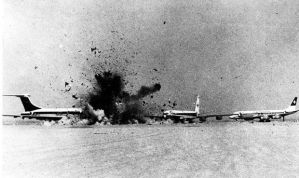
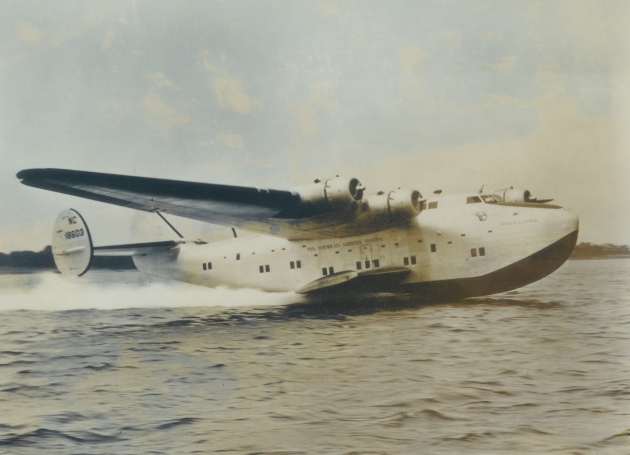











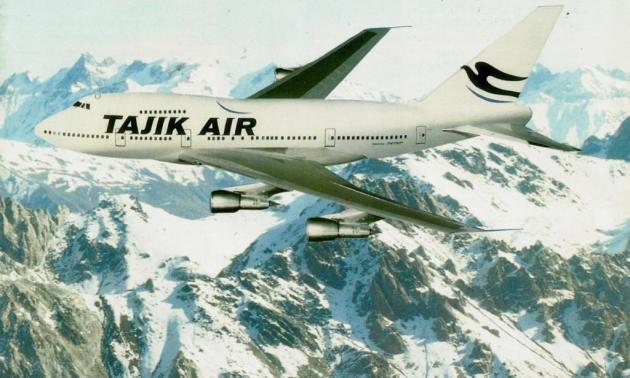

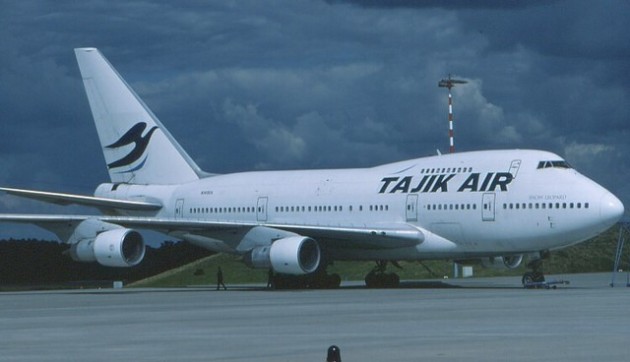


































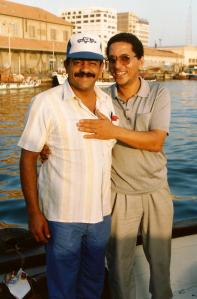



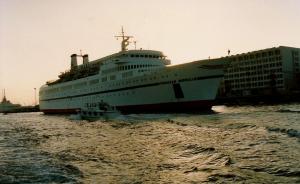



























Recent Comments